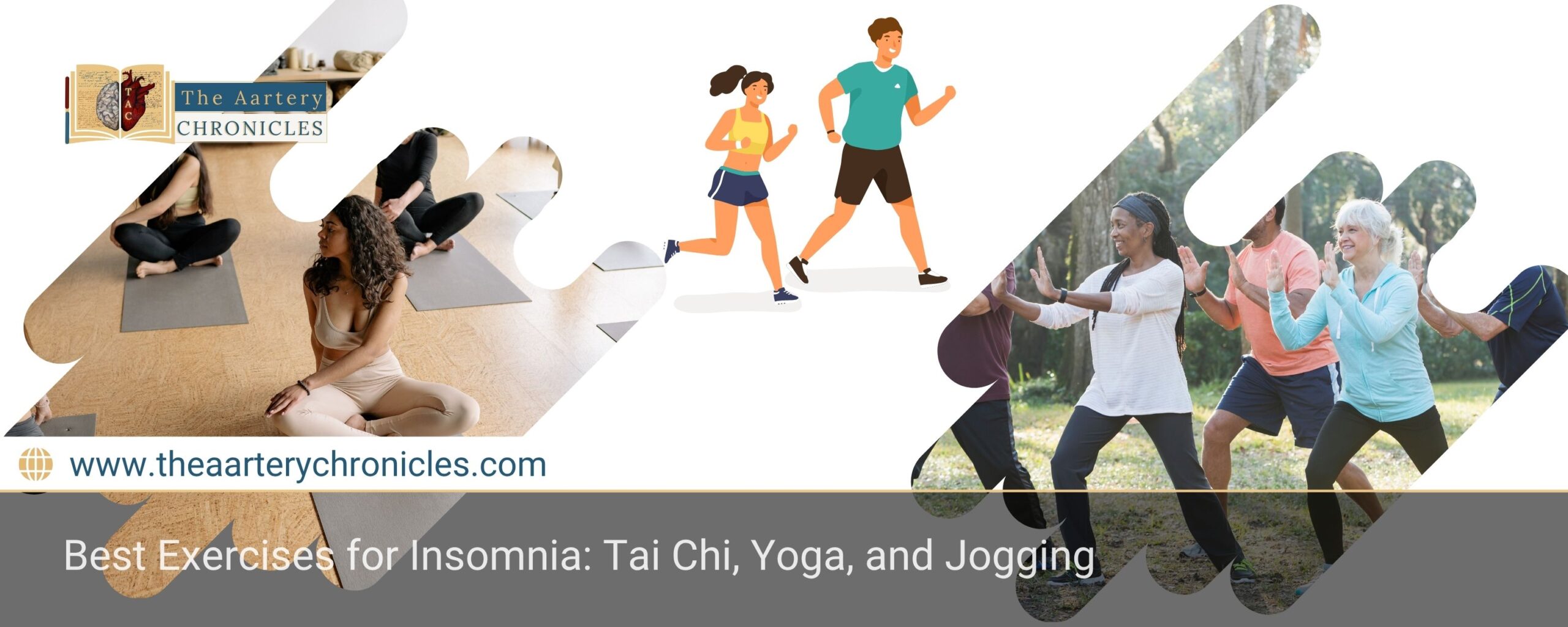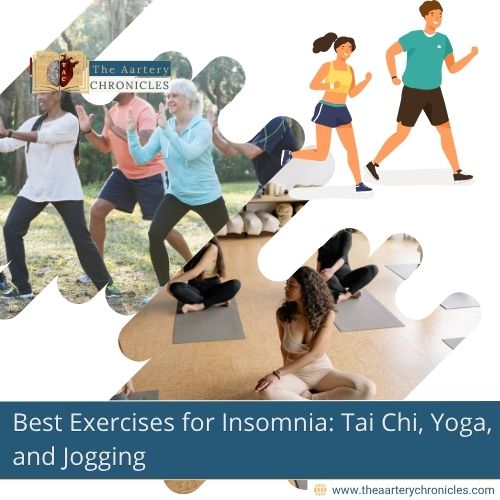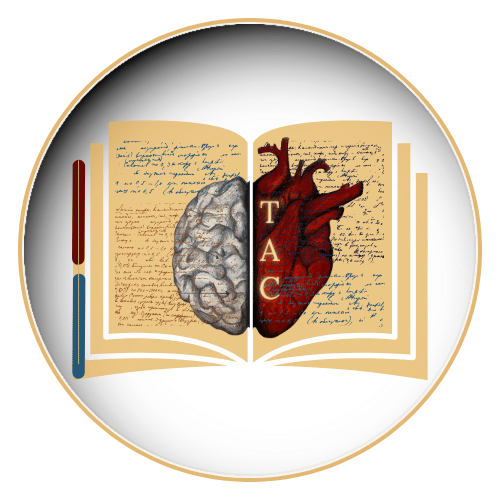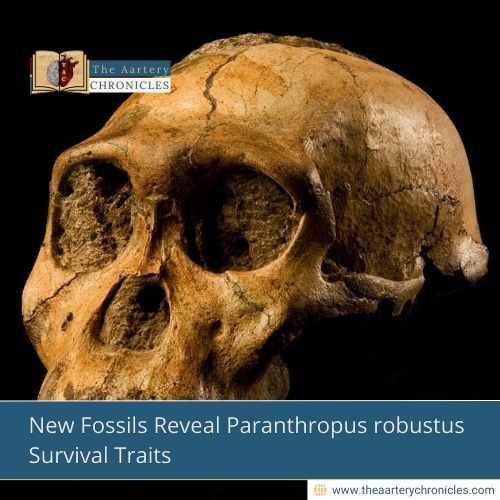

Best Exercises for Insomnia: Tai Chi, Yoga, and Jogging
Summary: A landmark study discovers that exercise-based interventions such as Tai Chi, yoga, walking, and running are just as effective as pills or cognitive therapy in treating insomnia. The low-impact, non-drug interventions increase total sleep time, sleep efficiency, and reduce nighttime awakenings, without side effects
Can Exercise Beat Pills for Insomnia? Science Says Yes
Do you lie awake at night, tossing or turning over? You’re not alone. Insomnia affects 4–22% of the population and raises the risks for
- Heart disease
- Dementia
- Poor mental health
Therapy and pills are default solutions for day-to-day living, but a new study finds that exercise therapies like Tai Chi, yoga, walking, and jogging may be equally or better effective for getting people to sleep.
Yoga, Tai Chi, and Jogging: Natural Insomnia Fighters
In a large scale study publihed in BMJ Evidence Based Medicine, scientists studied 22 randomized trials of 1,348 patients with 13 diverse treatment regimens for insomnia. Seven were exercise-based and included:
- Yoga
- Tai Chi
- Walking or running
- Strength and aerobic combinations
- Mixed aerobic regimens
Cognitive behavior therapy (CBT), Ayurveda, sleep hygiene, massage, and usual care composed other treatments.
The payoff? Exercise wasn’t merely beneficial, it was revolutionary. Certain methods even surpassed conventional treatments in enhancing sleep.
How These Exercises Improved Sleep
Using validated sleep scoring instruments (PSQI and ISI-45), researchers measured total sleep time change, efficiency, and awakenings at night.
Tai Chi
- +50 minutes total sleep time
- Reduced wake time by over 30 minutes
- Improved both subjective and objective sleep quality
- Lastingly effective for up to 2 years
yoga
- Nearly +2 hours of sleep
- 15% boost in sleep efficiency
- Reduced wake time by nearly 1 hour
- 30-minute reduction in sleep onset latency
Jogging
- 10-point reduction in insomnia severity
- Melatonin increased, and cortisol decreased
- Deep sleep and emotional control improved
Why These Methods Work
These exercises are not merely physical movement. They affect the brain and nervous system:
- Yoga promotes
- Relaxation
- Lowers anxiety
- Quiets the mind
- Tai Chi decreases activity in our stress response, the sympathetic nervous system, and quiets “mental chatter.”
- Walking and running boost
- Energy expenditure
- Resist stress hormones
- Activate melatonin, the sleep hormone
The Dark Side of Pills and Shortage of CBT Availability
Insomnia drugs produce side effects such as dependence and daytime sleepiness. The current gold standard, CBT, is no easier to implement because of the shortage of specialists.
And that’s where exercise provides a revolutionary alternative
- Low-cost
- Simple
- Safe
- Simple to add to everyday life
Limitations of study
Despite the positive findings, researchers caution that:
- Methodologically substandard trials comprised 68% of the trials
- No standard exercise measures for frequency or intensity
- There were only a few small samples
Nonetheless, there is strong evidence to support that exercise, in addition to being utilised as an adjunct, can also be employed as a stand-alone treatment for sleep disturbances.
Conclusion: Movement as Medicine for Sleep
This in-depth examination leaves one thing certain: Tai Chi, yoga, and jogging aren’t only good for the body, they could be the ideal sleep prescription. With few side effects and ready availability, these exercises can be simply incorporated into primary care and public health initiatives.
Upcoming studies might even modify some exercises to address insomnia symptoms, tailoring treatment in dramatic new ways.

Dane
I am an MBBS graduate and a dedicated medical writer with a strong passion for deep research and psychology. I enjoy breaking down complex medical topics into engaging, easy-to-understand content, aiming to educate and inspire readers by exploring the fascinating connection between health, science, and the human mind.








